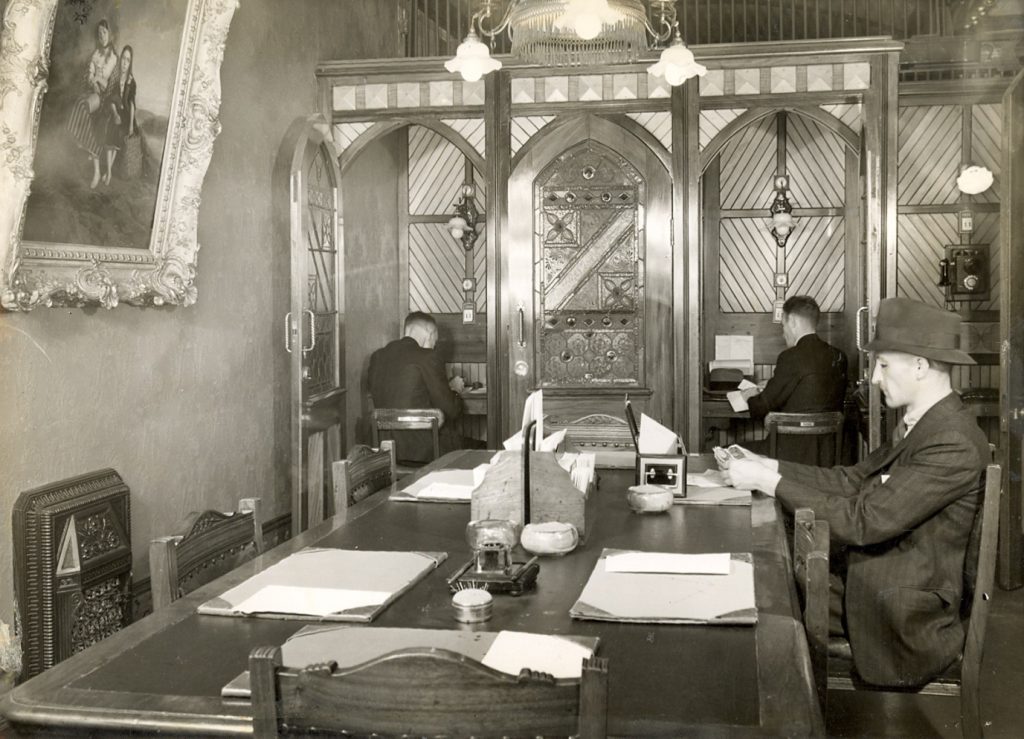When we think about safeguarding our most treasured possessions, the safety deposit box often comes to mind. In Australia, the journey of this secure storage solution is intertwined with the rich history of the Chubb brand. Established as a subsidiary in 1896, Chubb has played a pivotal role in introducing and popularising safety deposit boxes across the country.
The demand for secure storage isn’t limited to high-value items; many Australians use these boxes to protect key documents and sentimental items. Over the years, safety deposit boxes have become essential for those looking to ensure their valuables are safe from theft, fire, and other unforeseen events. This historical evolution reflects not only technological advancements but also changing societal needs and values.
Early Beginnings of Safety Deposit Boxes
From Ancient Safeguards to Modern Security
Humans have safeguarded their valuables for centuries. In ancient Mesopotamia, people used clay pots to hide treasures. Egyptians stored their wealth in tombs, often guarded by intricate traps. Fast-forward to the 19th century: technological advances in lock-making emerged. The Chubb brand, established in 1818, offered secure storage solutions and became integral to the modern concept of safety deposit boxes.
Australia’s Adoption and Development
Australia embraced the concept of safety deposit boxes in the late 19th century. Chubb established a subsidiary in 1896, ensuring Australians had access to secure storage services. Banks and private firms offered safe deposit boxes, meeting public demand for safeguarding valuables. Over time, these services evolved, reflecting technological advancements. Today, safe deposit boxes in Australia offer high-security features, including biometric access and advanced surveillance, providing peace of mind to clients.
Evolution of Safety Deposit Services in Australia

The Transition from Banks to Private Facilities
Early adopters of safety deposit boxes in Australia were primarily banks. Customers accessed these services to safeguard important documents and valuables without purchasing insurance separately, a significant aspect for many. As demand grew, banks upgraded their security measures, integrating new technologies to enhance trust.
The shift from banks to private facilities began in the late 20th century. Clients sought more specialised services, sparking the emergence of private companies. These firms offered greater flexibility, more advanced security features and personalised service. Companies like Secure Deposits included contents insurance as part of the package, providing added value.
Growth of Private Vaulting Services
The rise in demand for secure storage led to the growth of private vaulting services. Unlike traditional bank-operated boxes, private vaults offered customers tailored solutions. For instance, valuables like first-generation iPods and high-value watches found a secure home. These facilities provided bespoke options, catering to diverse needs from individuals to businesses.
The development of biometric systems, round-the-clock surveillance and advanced monitoring mechanisms supported this shift. Clients could store precious items with peace of mind, knowing these security measures would protect their assets. The growth of private vaulting services in Australia exemplified the evolving landscape of safety deposit practices, addressing modern security challenges while retaining the core objective of safeguarding valuables effectively.
Reasons Behind Changes in Safety Deposit Box Handling
The Shift Away from Bank Offerings
Banks initially dominated the safety deposit box market in Australia. However, the instability within the banking industry, including instances of bailouts and bail-ins, has shaken customer confidence. Many Australians feared that during financial crises, their deposits could be seized to bail out struggling banks. This uncertainty led some to move their valuables from bank-operated safe deposit boxes, causing a shift towards alternative storage solutions.
Historically, banks failed to keep pace with technological advancements in security. They didn’t incorporate biometrics or advanced surveillance, which became the norm in secure storage expectations. The reluctance to adopt new technologies left many bank customers feeling that their valuables were less secure. If items went missing, banks often disclaimed responsibility, further eroding trust.
Increasing Demand for Enhanced Privacy and Security
As concerns over banking sector practices grew, so did the demand for improved privacy and security. Customers sought facilities that offered not just robust physical security but also sophisticated technological safeguards. Private vaulting services, like those provided by Secure Deposits, responded by integrating biometric access controls and 24/7 surveillance systems.
Privacy became another critical factor. Clients wanted assurance that their belongings remained confidential and protected from any form of institutional reach or intervention. The appeal of tailored services with features like contents insurance drew many to private facilities. These services offered a level of personalization and assurance that banks couldn’t match.
The move away from traditional bank offerings towards private vaulting services in Australia reflects a broader trend. Customers prioritise enhanced security measures and higher levels of privacy, driving the evolution of safety deposit box handling practices.
The Modern State of Safety Deposit Boxes in Australia
Current Trends and Preferred Security Measures
Consumers now prefer private facilities over traditional bank services for safety deposit boxes. Enhanced security features draw customers to these private options. Secure Deposits and similar companies offer tailored services, including contents insurance, to meet varied needs. Individuals seek higher privacy levels and more sophisticated security measures.
Biometric access controls, such as fingerprint or retina scans, have become increasingly popular in private vaults. Additionally, 24/7 surveillance systems monitor activities around the clock, offering added peace of mind. The shift reflects a growing preference for advanced protection measures and customised security solutions over standard bank offerings.
The Role of Technology in Security Enhancements
Technology plays a pivotal role in modernising safety deposit boxes in Australia. Advanced systems, including biometric authentication and electronic access logs, ensure only authorised individuals can access their valuables. Secure Deposits and other institutions constantly update their systems to incorporate the latest advancements.
For instance, modern vaults now feature high-definition CCTV cameras and motion detectors to provide comprehensive surveillance. Artificial intelligence (AI) is also utilised to analyse activity feeds in real-time, identifying potential threats instantly. These technological enhancements significantly elevate security standards, making private facilities the preferred choice for many.
By integrating cutting-edge technology and prioritising customer privacy, private safety deposit services lead the market in Australia. Customers trust these facilities to safeguard their valuable possessions and personal information efficiently and securely.
Conclusion
Australia’s journey with safety deposit boxes has evolved significantly. From the early dominance of banks to the rise of private facilities like Secure Deposits, the industry has adapted to meet changing customer needs. Advanced security features such as biometric access and real-time threat detection have set new standards.
It’s clear that modern consumers value enhanced privacy and security. Private vaulting services are leading the way, offering tailored solutions that banks simply can’t match. As technology continues to advance, I expect these trends will only strengthen, ensuring that Australians have access to the most secure and private storage options available.






